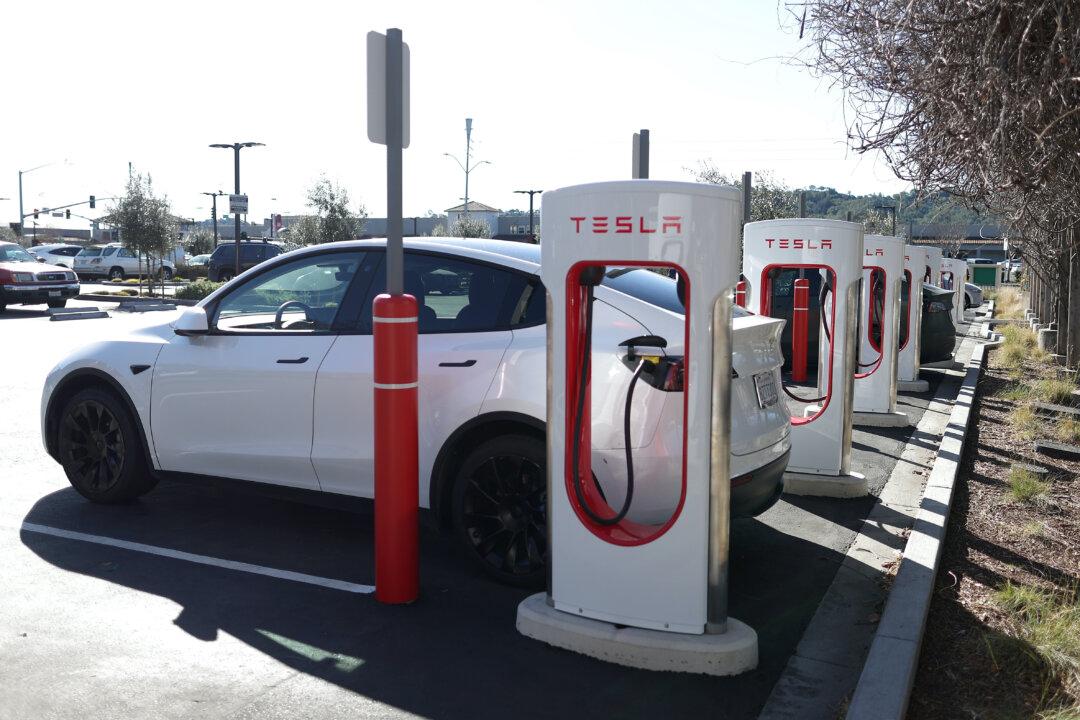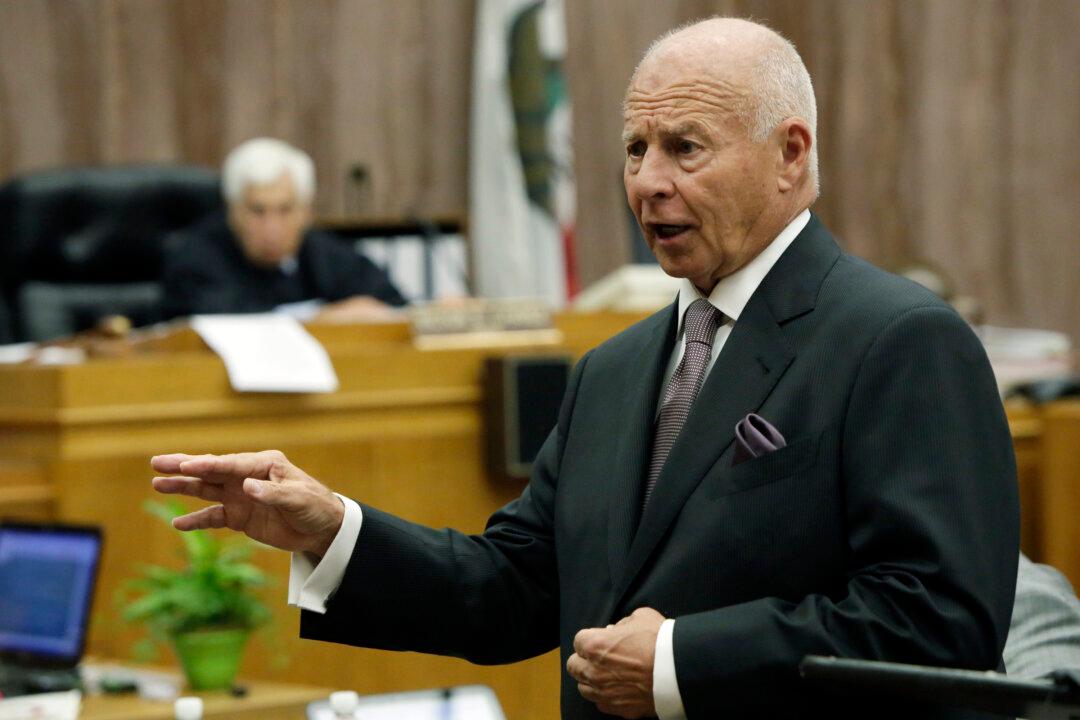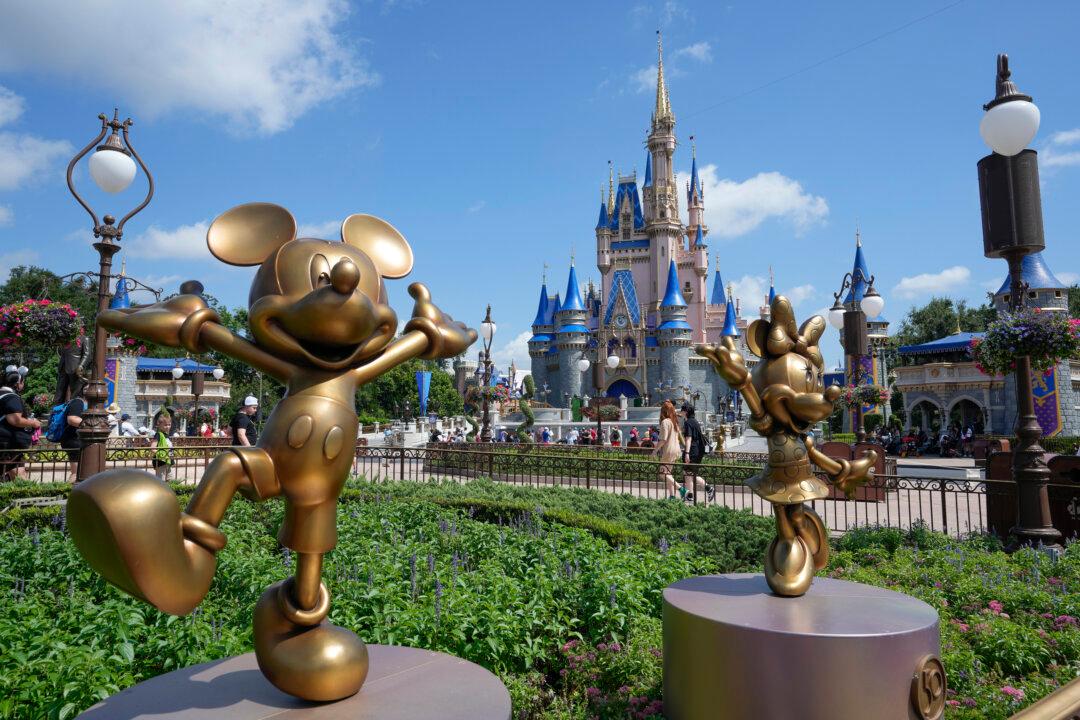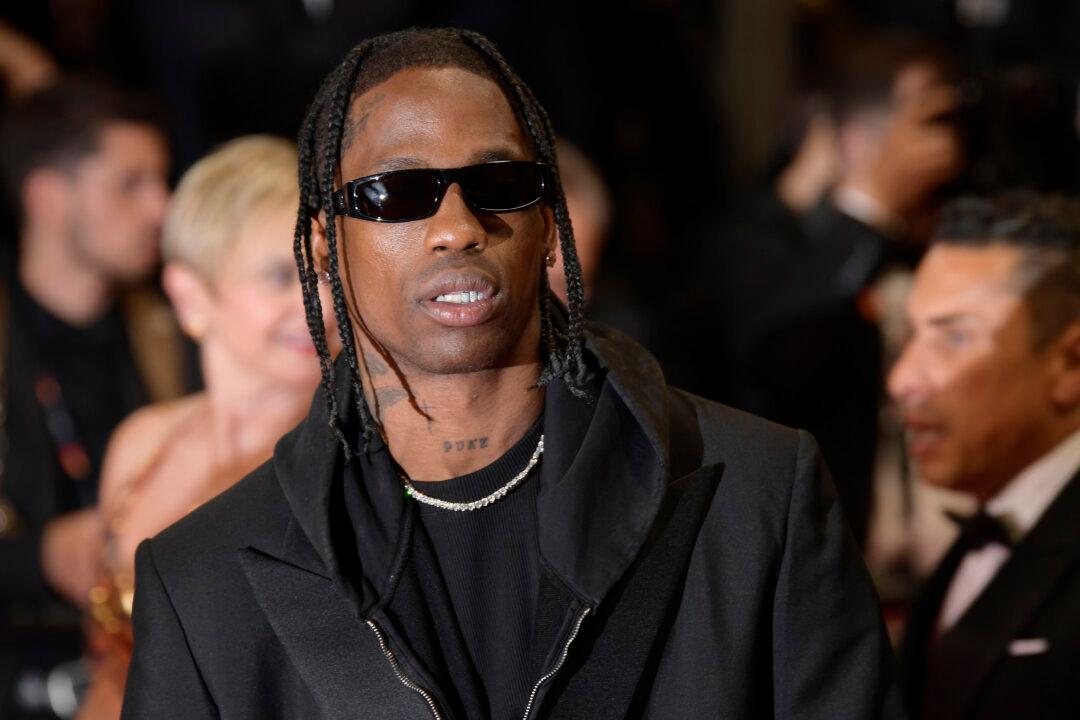Electric vehicle (EV) maker Tesla cautioned that its sales growth on electric vehicles could be impacted until cheaper vehicle options are made available by the company.
In recent years, the company experienced notable growth as it expanded production and deliveries of its Model Y and Model 3 vehicles. But despite an increase in overall revenue, the company failed to achieve forecasted estimates from analysts in the fourth quarter, causing shares to fall.




